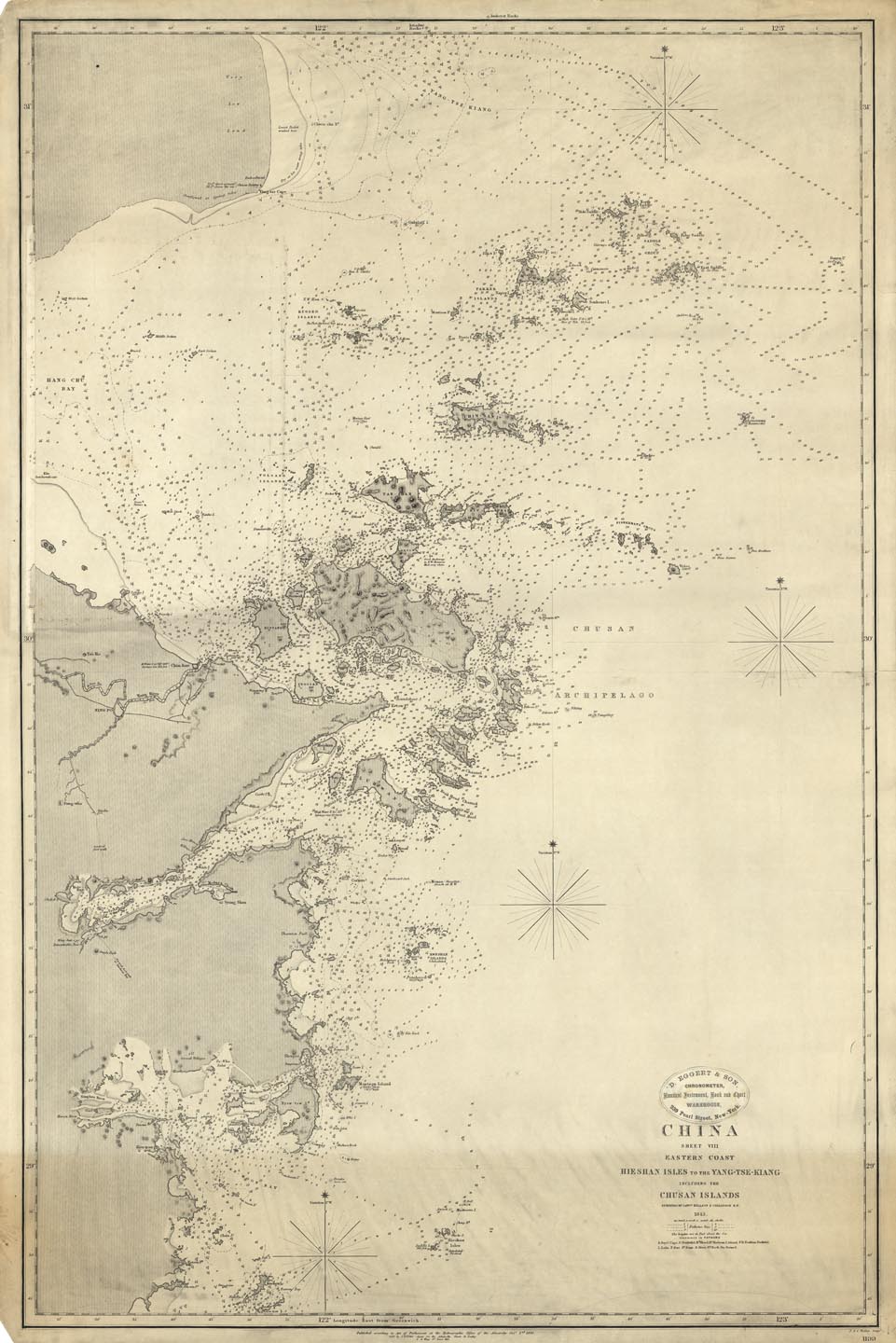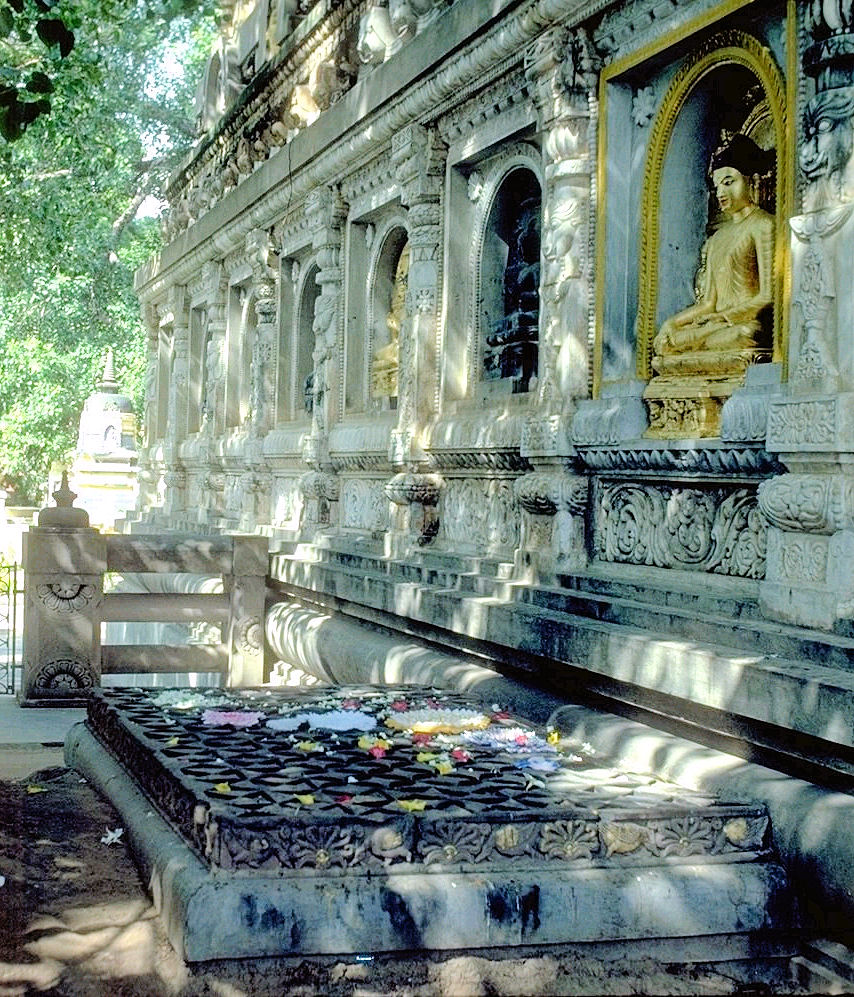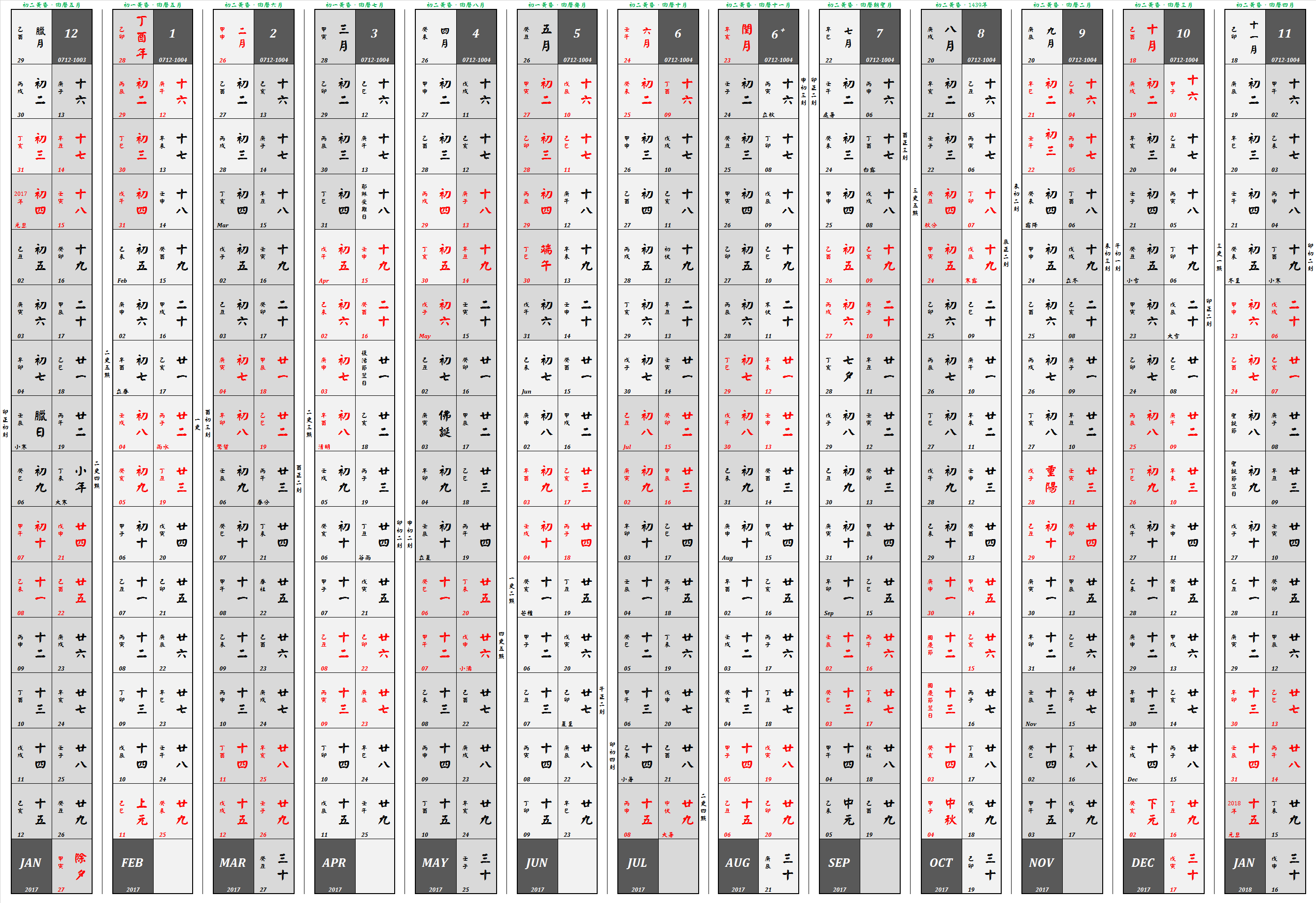|
Putuoshan
Mount Putuo (, from Sanskrit: "Mount Potalaka") is an island in Putuo District, Zhoushan, Zhejiang, China. It is a renowned site in Chinese Buddhism and is the bodhimaŠĻኳća of the bodhisattva Guanyin. Mount Putuo is one of the four sacred mountains in Chinese Buddhism, the others being Mount Wutai, Mount Jiuhua, and Mount Emei (bodhimaŠĻኳćas for Manjushri, KŠĻ£itigarbha, and Samantabhadra, respectively). Mount Putuo lies in the East China Sea and incorporates the beauty of both mountain and sea. Mountain Putuo is at 29¬į58‚Ä≤3ÔĹě30¬į02‚Ä≤3 north latitude, 122¬į21‚Ä≤6ÔĹě122¬į24‚Ä≤9 east longitude. Its area is approximately and there are numerous famous temples. Every year on the 19th day of the 2nd lunar month, 19th day of the 6th lunar month, and 19th day of the 9th lunar month of the Chinese calendar, it welcomes millions of people for the celebration of the birth of Guanyin. History Mount Putuo has been a pilgrimage site for over a thousand years. After the Ta ... [...More Info...] [...Related Items...] OR: [Wikipedia] [Google] [Baidu] |
Zhoushan
Zhoushan , formerly romanized as Chusan, is an urbanized archipelago with the administrative status of a prefecture-level city in the eastern Chinese province of Zhejiang. It consists of an archipelago of islands at the southern mouth of Hangzhou Bay, off Ningbo. The prefecture's city proper is Dinghai on Zhoushan Island, now administered as the prefecture's Dinghai District. During the 2020 census, Zhoushan Prefecture's population was 1,157,817, out of whom 882,932 lived in the built-up (or metro) area made of two urban districts of Dinghai and Putuo. On 8 July 2011 the central government approved Zhoushan as Zhoushan Archipelago New Area, a state-level new area. History The archipelago was inhabited 6,000 years ago during the Neolithic by people of the Hemudu culture. During the Spring and Autumn period, Zhoushan was called Yongdong, referring to its location east of the Yong River. At the time, it belonged to the state of Yue. The fishermen and sailors who in ... [...More Info...] [...Related Items...] OR: [Wikipedia] [Google] [Baidu] |
Puji Temple
Puji Temple () is a Buddhist temple located on the island of Putuoshan in Zhoushan, Zhejiang, China. History Five dynasties In 916, in the 2nd year of Zhenming period (915–921) of the Later Liang dynasty (907–923), when Japanese monk took a statue of Guanyin he invited from Mount Wutai in Shanxi, he was blocked by windstorm in Mount Putuo, which made him think of that Guanyin didn't want to go to the east. Hui'e gone ashore and left the statue to a resident surnamed Zhang to enshrine. He also built the "Unwilling Guanyin Temple" (). Song dynasty In 1080, during the Song dynasty (960–1279), Emperor Shenzong renamed the temple "Baotuo Guanyin Temple" (). Shenzong donated lands to the temple, and a new monk was ordained every year. (After the temple was renamed, the old name for the temple was still used to refer to a nearby hill, purple bamboo forest (), on which a 20 metre tall Guanyin now stands.) The monks studied Buddhism and the temple slowly pros ... [...More Info...] [...Related Items...] OR: [Wikipedia] [Google] [Baidu] |
Putuo District, Zhoushan
Putuo District is a district of Zhoushan City, Zhejiang, China with a population of 378,805. The district used to be a county. In 1987, it was combined with the neighbouring county of Dinghai to form the city of Zhoushan. Basic Information * District Seat: Shenjiamen Sub-District * Population: 378,805 as of November 1, 2010 * Area: ( terrestrial, marine) * Population Density: * Gross Domestic Product: 24.6 billion yuan as of 2011 * Per capita GDP: 64,941 yuan (approximately 10,443 US Dollars) Geography Putuo District occupies the southeastern part of Zhoushan archipelago. It includes the eastern end of the archipelago Zhoushan Island, which is the largest island of the archipelago, and many dozens of smaller islands. Among them: * the small, but famous Putuo Island (''Putuo Shan'', i.e. "Mount Putuo"). Putuo Island with nearby small islets is administratively organized as Putuo Town within Putuo District. * Zhujiajian Island (), connected to Zhoushan Island by a bri ... [...More Info...] [...Related Items...] OR: [Wikipedia] [Google] [Baidu] |
Guanyin
Guanyin () is a Bodhisattva associated with compassion. She is the East Asian representation of AvalokiteŇõvara ( sa, ŗ§Öŗ§Ķŗ§≤ŗ•čŗ§ēŗ§Ņŗ§§ŗ•áŗ§∂ŗ•ćŗ§Ķŗ§į) and has been adopted by other Eastern religions, including Chinese folk religion. She was first given the appellation of "Goddess of Mercy" or "Mercy Goddess" by Jesuit missionaries in China. Guanyin is short for Guanshiyin, which means "he One WhoPerceives the Sounds of the World." On the 19th day of the sixth lunar month, Guanyin's attainment of Buddhahood is celebrated. Some Buddhists believe that when one of their adherents departs from this world, they are placed by Guanyin in the heart of a lotus, and then sent to the western pure land of SukhńĀvatńę. Guanyin is often referred to as the "most widely beloved Buddhist Divinity" with miraculous powers to assist all those who pray to her, as is mentioned in the ''Pumen chapter'' of '' Lotus Sutra'' and '' KńĀraŠĻኳćavyŇęha SŇętra''. Several large temples in East Asia ... [...More Info...] [...Related Items...] OR: [Wikipedia] [Google] [Baidu] |
BodhimaŠĻኳća
BodhimaŠĻኳća (Sanskrit and Pali) or daochang () is a term used in Buddhism meaning the "position of awakening". According to Haribhadra, it is "a place used as a seat, where the essence of enlightenment is present". BodhimaŠĻኳćas are regularly visited by Buddhist pilgrims, and some have gone on to become popular secular tourist destinations as well. In many forms of Buddhism, it is believed that bodhimaŠĻኳćas are spiritually pure places, or otherwise conducive to meditation and enlightenment. Famous bodhimaŠĻኳćas in India * The Vajrasana, Bodh Gaya: Gautama Buddha * Mount Potalaka: AvalokiteŇõvara Bodhisattva Famous bodhimaŠĻኳćas in China * Mount Putuo: AvalokiteŇõvara Bodhisattva * Mount Emei: Samantabhadra Bodhisattva * Mount Wutai: Ma√ĪjuŇõrńę Bodhisattva * Mount Jiuhua: KŠĻ£itigarbha Bodhisattva See also *Dojo and dojang ''Dojang'' is a term used in Korean martial arts, such as Taekwondo, Tang Soo Do, Kuk Sool Won, and hapkido, that refers to a formal ... [...More Info...] [...Related Items...] OR: [Wikipedia] [Google] [Baidu] |
Putuo Shan 2006 3
Putuo is the Chinese rendering of Sanskrit Potalaka. It may refer to the following places in China: *Mount Putuo, one of the four Buddhist holy mountains of China * Putuo District, Zhoushan, Zhejiang Province: location of Mount Putuo *Putuo District, Shanghai *Putuo Zongcheng Temple The Putuo Zongcheng Temple (, ) of Chengde, Hebei province, China is a Qing dynasty era Buddhist temple complex built between 1767 and 1771,Foret, 155. during the reign of the Qianlong Emperor (1735‚Äď1796). It is located near the Chengde Mountai ..., in Chengde, Hebei Province * South Putuo Temple, in Xiamen, Fujian Province {{disambig ... [...More Info...] [...Related Items...] OR: [Wikipedia] [Google] [Baidu] |
Mount Emei
Mount Emei (; ), alternately Mount Omei, is a mountain in Sichuan Province, China, and is the highest of the Four Sacred Buddhist Mountains of China. Mount Emei sits at the western rim of the Sichuan Basin. The mountains west of it are known as Daxiangling. A large surrounding area of countryside is geologically known as the Permian Emeishan Large Igneous Province, a large igneous province generated by the Emeishan Traps volcanic eruptions during the Permian Period. Administratively, Mount Emei is located near the county-level city of the same name ( Emeishan City), which is in turn part of the prefecture-level city of Leshan. It was made a UNESCO World Heritage Site in 1996. As a sacred mountain Mount Emei is one of the Four Sacred Buddhist Mountains of China, and is traditionally regarded as the bodhimaŠĻኳća, or place of enlightenment, of the Bodhisattva Samantabhadra. Samantabhadra is known in Mandarin as P«Ēxi√°n P√ļs√† (). Sources of the 16th and 17th ... [...More Info...] [...Related Items...] OR: [Wikipedia] [Google] [Baidu] |
Manjushri
Ma√ĪjuŇõrńę (Sanskrit: ŗ§ģŗ§ěŗ•ćŗ§úŗ•Āŗ§∂ŗ•ćŗ§įŗ•Ä) is a ''bodhisattva'' associated with '' praj√ĪńĀ'' (wisdom) in MahńĀyńĀna Buddhism. His name means "Gentle Glory" in Sanskrit. Ma√ĪjuŇõrńę is also known by the fuller name of Ma√ĪjuŇõrńękumńĀrabhŇęta (),Keown, Damien (editor) with Hodge, Stephen; Jones, Charles; Tinti, Paola (2003). ''A Dictionary of Buddhism.'' Oxford, UK: Oxford University Press. p.172. literally "Ma√ĪjuŇõrńę, Still a Youth" or, less literally, "Prince Ma√ĪjuŇõrńę". Another name of Ma√ĪjuŇõrńę is Ma√ĪjughoŠĻ£a. It is claimed that Nurhaci, the founder of what would become the Qing dynasty of China, named his tribe Man (śĽ°) after Manjushri. In MahńĀyńĀna Buddhism Scholars have identified Ma√ĪjuŇõrńę as the oldest and most significant bodhisattva in MahńĀyńĀna literature. Ma√ĪjuŇõrńę is first referred to in early MahńĀyńĀna sŇętras such as the Praj√ĪńĀpńĀramitńĀ ''sŇętra''s and through this association, very early in the tradition he came to symbolize th ... [...More Info...] [...Related Items...] OR: [Wikipedia] [Google] [Baidu] |
KŠĻ£itigarbha
KŠĻ£itigarbha ( sa, ŗ§ēŗ•ćŗ§∑ŗ§Ņŗ§§ŗ§Ņŗ§óŗ§įŗ•ćŗ§≠, , bo, ŗŶŗľčŗĹ°ŗĹ≤ŗľčŗŶŗĺôŗĹ≤ŗĹĄŗľčŗĹĒŗĹľŗľč Wylie: ''sa yi snying po'') is a bodhisattva primarily revered in East Asian Buddhism and usually depicted as a Buddhist monk. His name may be translated as "Earth Treasury", "Earth Store", "Earth Matrix", or "Earth Womb". KŠĻ£itigarbha is known for his vow to take responsibility for the instruction of all beings in the six worlds between the death of Gautama Buddha and the rise of Maitreya, as well as his vow not to achieve Buddhahood until all hells are emptied. He is therefore often regarded as the bodhisattva of hell-beings, as well as the guardian of children and patron deity of deceased children and aborted fetuses in Japanese culture. Usually depicted as a monk with a halo around his shaved head, he carries a staff to force open the gates of hell and a wish-fulfilling jewel to light up the darkness. Overview KŠĻ£itigarbha is one of the four principal bodhisattvas in ... [...More Info...] [...Related Items...] OR: [Wikipedia] [Google] [Baidu] |
East China Sea
The East China Sea is an arm of the Western Pacific Ocean, located directly offshore from East China. It covers an area of roughly . The sea’s northern extension between mainland China and the Korean Peninsula is the Yellow Sea, separated by an imaginary line between the eastern tip of Qidong at the Yangtze River estuary and the southwestern tip of South Korea's Jeju Island. The East China Sea is bounded in the east and southeast by the middle portion of the first island chain off the eastern Eurasian continental mainland, including the Japanese island of Kyushu and the Ryukyu Islands, and in the south by the island of Taiwan. It connects with the Sea of Japan in the northeast through the Korea Strait, the South China Sea in the southwest via the Taiwan Strait, and the Philippine Sea in the southeast via gaps between the various Ryukyu Islands (e.g. Tokara Strait and Miyako Strait). Most of the East China Sea is shallow, with almost three-fourths of it bei ... [...More Info...] [...Related Items...] OR: [Wikipedia] [Google] [Baidu] |
Samantabhadra (Bodhisattva)
Samantabhadra (lit. "Universal Worthy", "All Good") is a great bodhisattva in Buddhism associated with practice and meditation. Together with Shakyamuni Buddha and the bodhisattva Ma√ĪjuŇõrńę, he forms the Shakyamuni Triad in Mahayana Buddhism. He is the patron of the ''Lotus Sutra'' and, according to the ''Avatamsaka Sutra'', made the ten great vows which are the basis of a bodhisattva. In Chinese Buddhism, Samantabhadra is known as P«Ēxi√°n and is associated with action, whereas Ma√ĪjuŇõrńę is associated with '' praj√ĪńĀ'' (transcendent wisdom). In Japan, this bodhisattva is known as Fugen, and is often venerated in Tendai and Shingon Buddhism. In the Nyingma school of Tibetan Buddhism, Samantabhadra is also the name of the Adi-Buddha, often portrayed in indivisible union ('' yab-yum'') with his consort, Samantabhadrńę. In wrathful form he is one of the Eight Herukas of the Nyingma Mahayoga and he is known as Vajramrtra, But this Samantabhadra buddha and Samantabhadra bodhis ... [...More Info...] [...Related Items...] OR: [Wikipedia] [Google] [Baidu] |
Chinese Calendar
The traditional Chinese calendar (also known as the Agricultural Calendar ĺ≤śõÜ; ŚÜúŚéÜ; ''N√≥ngl√¨''; 'farming calendar' Former Calendar ąäśõÜ; śóߌéÜ; ''Ji√Ļl√¨'' Traditional Calendar ÄĀśõÜ; ŤÄĀŚéÜ; ''L«éol√¨'', is a lunisolar calendar which identifies years, months, and days according to astronomical phenomena. In China, it is defined by the Chinese national standard GB/T 33661‚Äď2017, "Calculation and Promulgation of the Chinese Calendar", issued by the Standardization Administration of China on May 12, 2017. Although modern-day China uses the Gregorian calendar, the traditional Chinese calendar governs holidays, such as the Chinese New Year and Lantern Festival, in both China and overseas Chinese communities. It also provides the traditional Chinese nomenclature of dates within a year which people use to select auspicious days for weddings, funerals, moving or starting a business. The evening state-run news program '' Xinwen Lianbo'' in the P.R.C. continues to anno ... [...More Info...] [...Related Items...] OR: [Wikipedia] [Google] [Baidu] |





-late.14c.jpg)

